nasal lymphoma in cats symptoms
Nasal tumors are less common in cats than in dogs making up about 1 of tumors in cats. Nasal lymphoma in cats is treated primarily with chemotherapy just like.
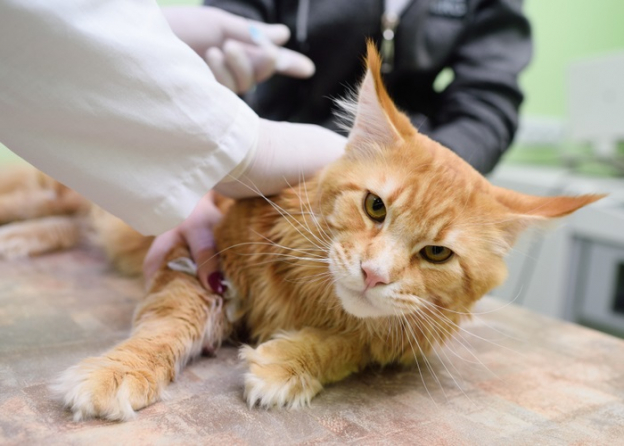
Lymphoma In Cats Symptoms Diagnosis Treatment All About Cats
Each cancer can have a low.
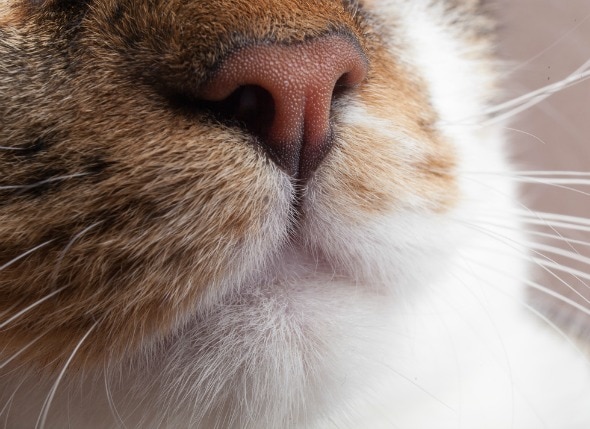
. Sneezing or nasal discharge nasal lymphoma. Some symptoms of lymphoma in cats include. Ad Order Your Pets Prescriptions Online Anytime With The Help Of Our Trusted Pet Experts.
The cause of lymphoma in cats is currently unknown however there has been evidence of a greater risk. The general symptoms in all cases are apathy weight loss and eating problems. Survival analysis of 97 cats with nasal lymphoma.
Has also suggested a link between second-hand tobacco smoke and lymphoma. Only a veterinarian can make a definitive diagnosis based on patient history observed symptoms. Unlike the symptoms of liver cancer symptoms of nasal cancer will seldom mimic symptoms of other conditions.
Ten cats displayed multiorgan involvement and in 2 of these the involvement was limited to the cerebellum and frontal cortex respectively. Get Feedback Fast Right at Home. Appearance of swollen or hard lumps in the abdomen.
Common early symptoms will include nasal stuffiness runny nose and sneezing which can all be linked to many common and minor illnesses. The symptoms of lymphoma in cats depend on where the cancer is growing. Cat lymphomas are also divided based on location nasal cavity mediastinal multicentric gastrointestinal and others.
It is most common in felines between the ages of 5 and 9. Ad Connect with Certified Cat Vets. It also cannot be passed to other animals in a household including dogs lizards birds and other exotic animals so dont worry if one.
Nasal lymphoma is a cancer of a type of white blood cell called a lymphocyte. A multi-institutional retrospective study 1986-2006 J Vet Intern Med 232. Generally in the treatment of cutaneous lymphoma in cats CHOP protocol is used first with other treatments including L-asparaginase lomustine and retinoic acid used in cases of poor initial response to treatment or resistant to chemotherapy.
Appetite loss or sudden weight loss. Common sites of lymphoma in cats include. Lymphoma remains the most common form of cancer in cats with the average life expectancy after symptoms averaging six months.
Nasal tumors are found in the nasal cavity and the paranasal sinuses and affect cats. Symptoms of nasal cancer in cats can remain concealed for as long as five years until the disease presents itself as a serious threat. Up to 10 cash back Symptoms of Lymphoma in Cats.
This term describes lymphoma that affects the gastrointestinal tract. Life expectancy of cats with lymphoma depends on many factors such as where the cancer is and how early it was diagnosed and treated. Refusing to be touched.
To cats that have Feline Leukaemia Virus FeLV and Feline Immunodeficiency Virus FIV. As the cancer progresses and the cells spread or grow the severity of the symptoms will increase making them more obvious. Symptoms can affect the nose sinuses eyes face and brain.
Of the tumors 41 of 50 82 were classified as nasal lymphoma 5 of 50 10 were classified as nasopharyngeal. Respiratory distress is typical of mediastinal lymphoma. Lymphoma in the lymph nodes comes as swellings around the neck shoulder blades and knees.
Learn the symptoms causes and treatments of these common cat conditions now. The two most common types of nasal tumors in cats are lymphoma cancer of the lymph tissue and. Symptoms go unnoticed for years making it.
Symptoms Of Nasal Cancer. Life Expectancy Thankfully the most common type of feline lymphoma intestinal lymphoma is often low-grade. The signs of feline nasal cancer typically cant be distinguished from the signs of an upper respiratory infection or other nasal disorder.
Hematopoietic neoplasms including lymphoma are one of the most common cancers diagnosed and treated in veterinary medicine and account for approximately one-third of all cancers in cats. What is a feline nasal lymphoma. Neoplasia of the nasal cavity can substantially decrease a patients quality.
The most affected area is usually the nasal cavity and this variant is accompanied by strange secretions and difficulty breathing. The following signs and symptoms may indicate that a cat has developed this kind of cancer. The symptoms of lymphoma generally relate to the location of the disease.
Its a cancerous infection of the lymphocyte cells and is one of the few cancers that is localized and thus easier to treat. Generally speaking the life expectancy is between 4 weeks to 2 years. It is most common in senior cats with the average age at diagnosis ranging from 9-13 years old.
Fifty cats were diagnosed with lymphoma at necropsy via biopsy or by cytology alone. Therefore its often only when signs persist despite treatment that a nasal tumor is suspected. The most common types of nasal tumors in cats are squamous.
This retrospective study examined survival times in cats given different therapies and evaluated. 1 Nasal lymphoma although an uncommon type of lymphoma is the most common tumor of the nasal cavity in cats. Feline nasal lymphoma attacks the lining of the nasal cavity.
It is a unique type of lymphoma in that the tumor often remains confined to the nasal cavity. Success rate of CHOP can be 70 in cats with survival averaging one year with 25 reaching two years. Feline nasal lymphoma cannot be transmitted cat-to-person or even cat-to-cat.
Ad Discover all of the most common health conditions and illnesses in cats today. Lymphoma in Cats Symptoms. While lymphoma is one of the most common cancer types affecting cats nasal lymphoma is relatively rare.
The disease can also be found in internal lymph nodes in the chest cavity mediastinal lymphoma the liver spleen kidneys nasal cavity eyes. 35 Off Your First Autoship Easy Refills. By recognizing the symptoms of feline lymphoma youll help your cat receive treatment as early as possible.
Causes of feline lymphoma. In general the symptoms may reflect other diseases and specialized tests are typically required to obtain a cancer diagnosis. Disease present mostly in the peripheral lymph nodes which can be felt as enlarged lumps in the neck in front of the shoulder blades and behind the knees is much less common in cats than in dogs.
This is by far the most common type of lymphoma in cats accounting for 50-70 of feline lymphoma cases. Thus unlike other forms of lymphoma where systemic chemotherapy is the treatment of choice nasal lymphoma often responds well to local. Intestinal Lymphoma in Cats.

Nasal Lymphoma In A Cat Today S Veterinary Nurse
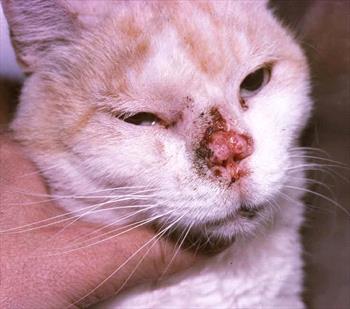
Nasal Squamous Cell Carcinoma In Cats Veterinary Partner Vin

Lymphoma In Cats Great Pet Care

Nose Cancer In Cats Causes Symptoms Treatment All About Cats
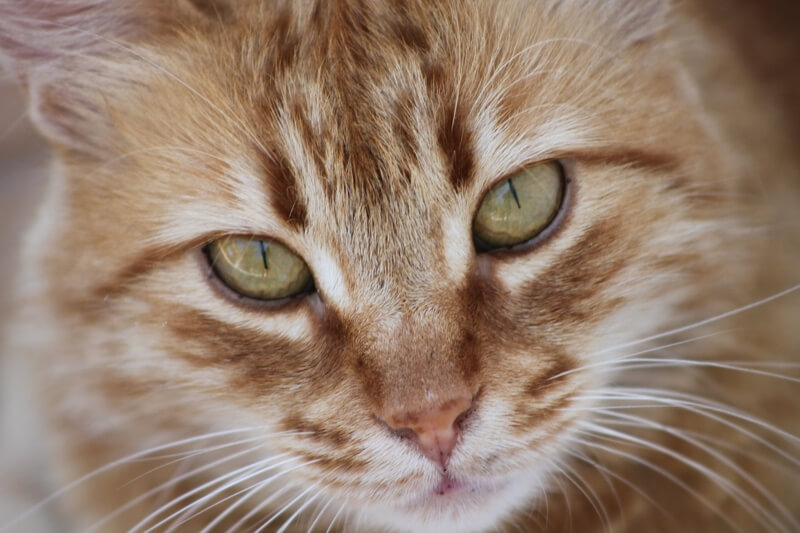
Understanding Lymphoma In Cats

Chronic Upper Respiratory Tract Disease International Cat Care

Nose And Sinus Cancer Squamous Cell Carcinoma In Cats Petmd

Lymphoma In Cats Veterinary Partner Vin

Learn About Nasal Cancer In Cats Petcure Oncology

Lymphoma In Cats Veterinary Partner Vin

Nasal Lymphoma In Cats A Guide Canna Pet
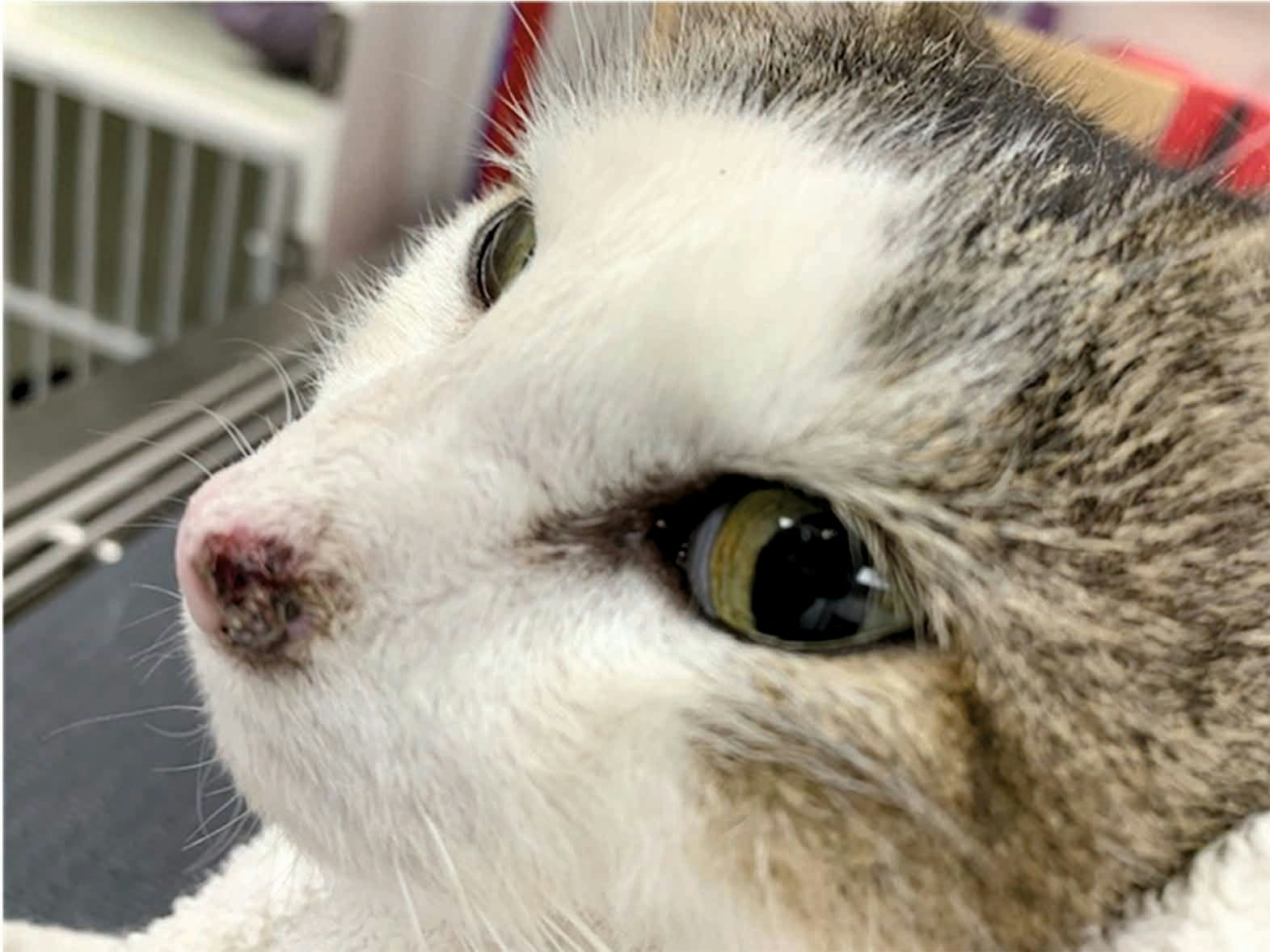
Diseases Of The Feline Nasal Planum Vet Focus

Understanding Lymphoma In Cats

Nasal Lymphoma In Cats A Guide Canna Pet
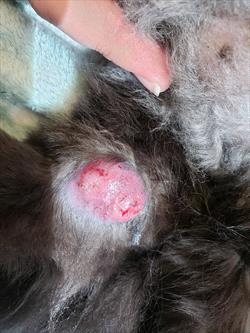
Cutaneous Lymphoma In Cats Veterinary Partner Vin

Facial Distortion And Epiphora In A Cat With A High Grade Large B Cell Download Scientific Diagram

